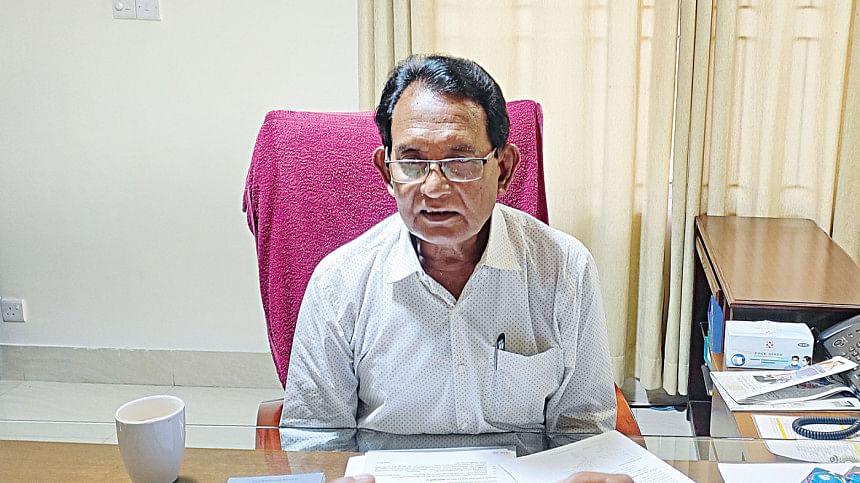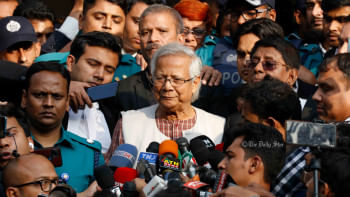‘It was technically complex, challenging’

Md Harunur Rashid Chowdhury, who is an additional chief engineer at the Roads and Highways Department, has served as the director of the Bangabandhu Sheikh Mujibur Rahman Tunnel project since February 2018, with his term extended three times until February 2024.
Rashid recently gave an interview to The Daily Star about the experience and challenges of being involved from the beginning till the end of the project.
Bangabandhu Tunnel is one of the most technically complex and challenging works in the country's communication sector, he said.
"Similar technical challenges will have to be faced in the maintenance and operation of the tunnel," he said.
"Initially, land acquisition, subsequent utility shifting and Covid-19 pandemic slowed down the work. Moreover, we had no experience in this regard and had to face new obstacles at every stage. However, our skills developed over time and eventually we completed the project successfully."
"Already there are two bridges on Karnaphuli and it is not possible to construct more bridges on this river, to operate Chattogram port safely. As a result, the tunnel project, a relatively complex and expensive one, had to be undertaken."
"It took us 17 months to complete the first tube of the tunnel, but the experience helped us to finish the second tube in just 10 months."
"In 2020, a challenge arose when only 5 percent of the work on the first tube was completed due to a 2,200-tonne tunnel boring machine shifting slightly on the softer topsoil of the riverbed, causing the junction ring of the tube to be misaligned. It took several months for a team of local and foreign experts to address and resolve this issue," he said.
Constructing three cross passages to connect the two tubes for emergency evacuation of commuters and vehicles was another challenge faced by engineers.
"It was a completely different task with no chance to use a tunnel boring machine for digging soil. We did this job manually after lowering the temperature of soil to minus 15 degrees. This was the most complex and risky work of the tunnel."
Although bridges are more cost-effective and have lower operational risks, there was no alternative to constructing the Bangabandhu tunnel, he said.
"Already there are two bridges on Karnaphuli and it is not possible to construct more bridges on this river, to operate Chattogram port safely. As a result, the tunnel project, a relatively complex and expensive one, had to be undertaken."
Regarding the tunnel's security, Rashid said, "Both tubes of the tunnel are fireproof. Still, every 50 metres into the tubes there are fire hydrants that will actively extinguish a fire, in the case of such an incident. Moreover, two fire service teams will be permanently deployed at both ends of the tunnel."
"The most important element of tunnel safety are the floodgates. The rain shelter at the entrance of the tunnel is 7.3 metres higher than the normal height above the ground. As a result, there is less chance of water entering the tunnel due to rainfall and at normal tides."
"However, four floodgates have been kept at both ends in case of natural calamities. There is no possibility of water entering inside the tunnel, even at high tides, as the floodgates will be blocked if there is a warning signal from the Meteorological Department," he also said.
Harunur Rashid added he believes the 44 Bangladeshi engineers and around 2,500-3,000 workers associated with this project will be able to use their acquired knowledge to contribute to developing the country's communication system further.

 For all latest news, follow The Daily Star's Google News channel.
For all latest news, follow The Daily Star's Google News channel. 




Comments